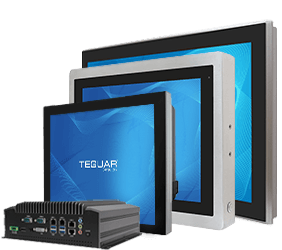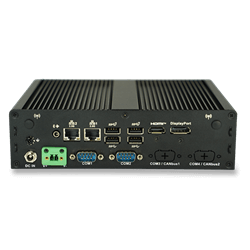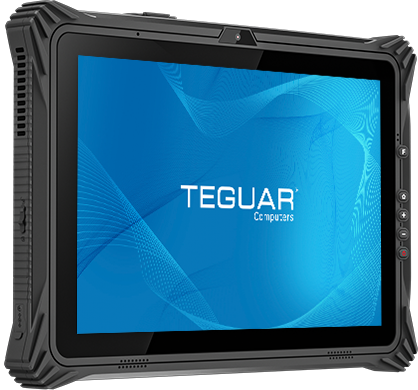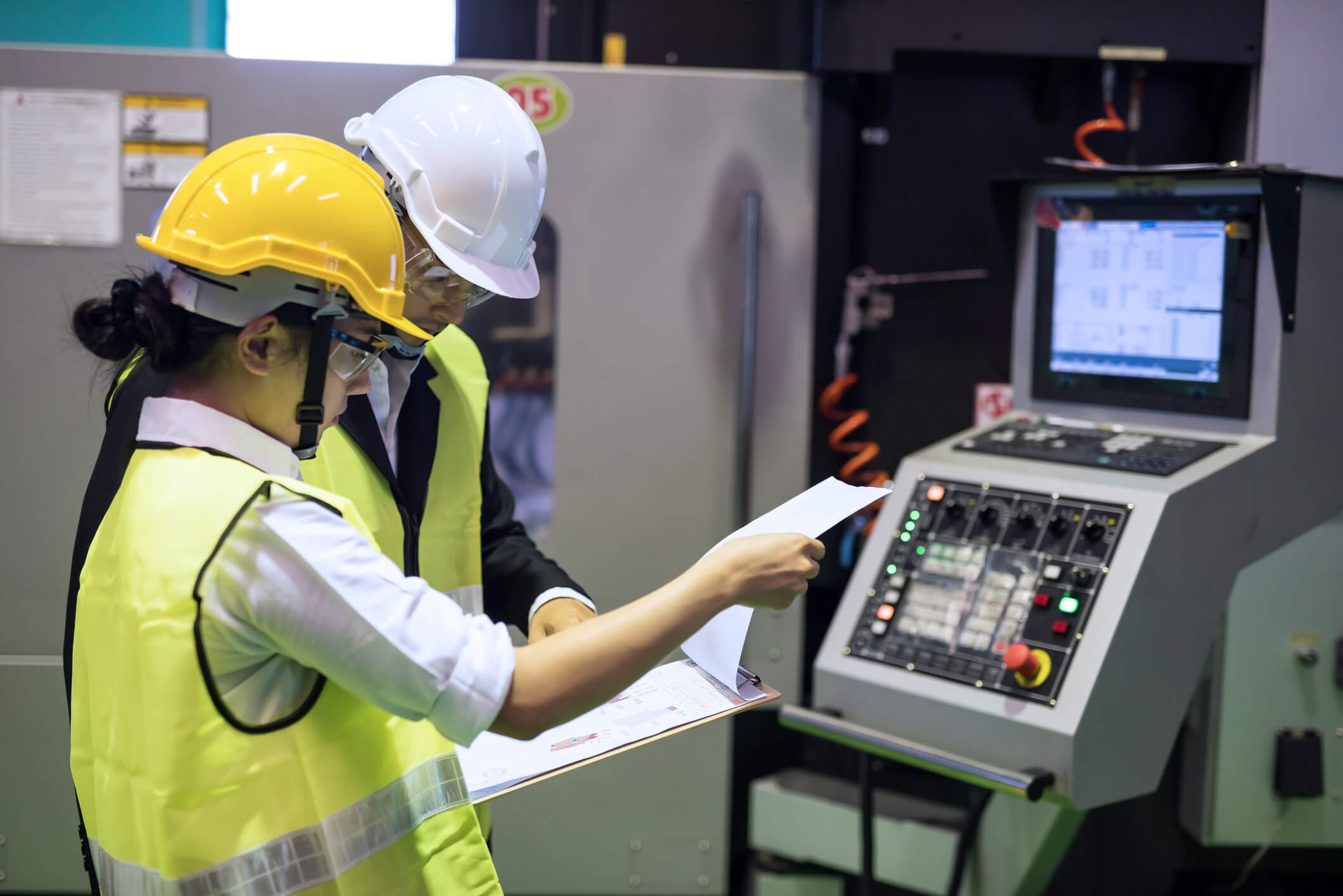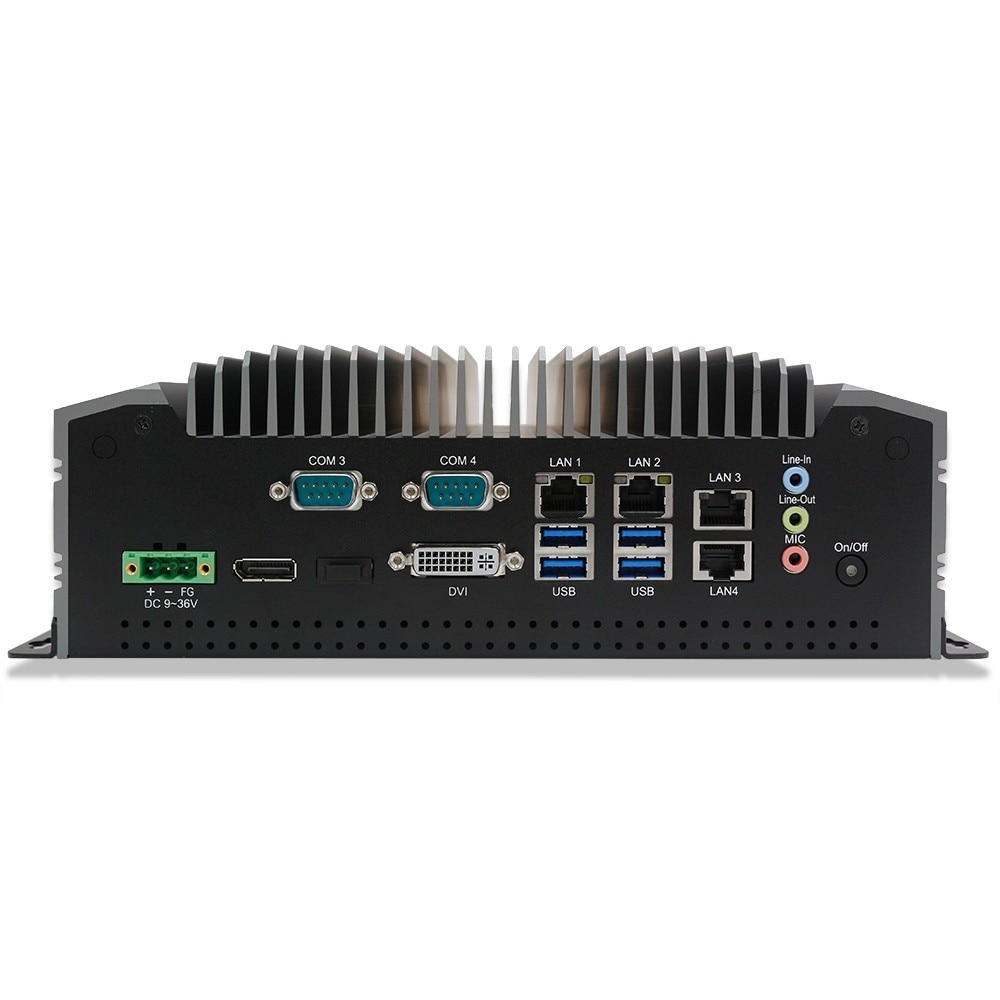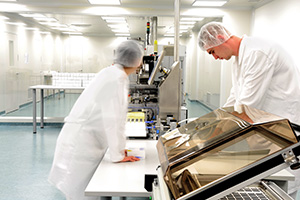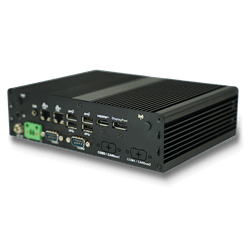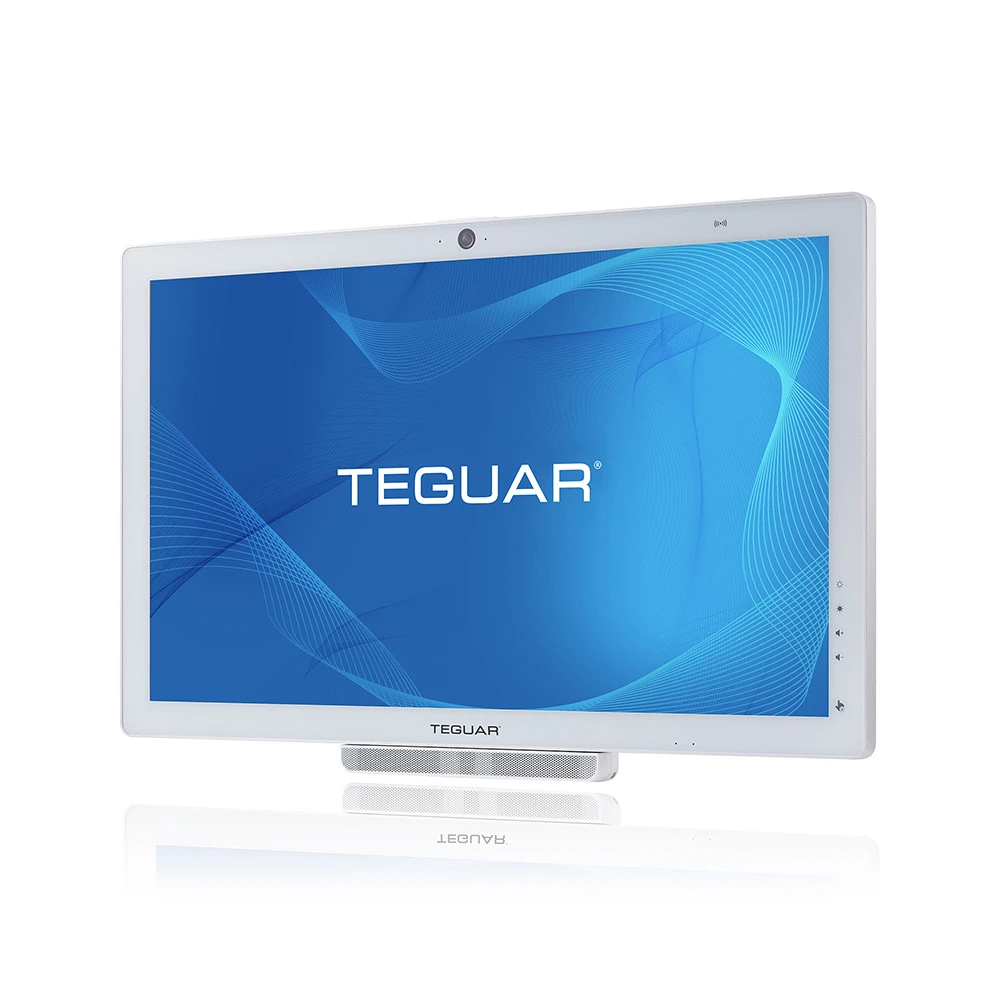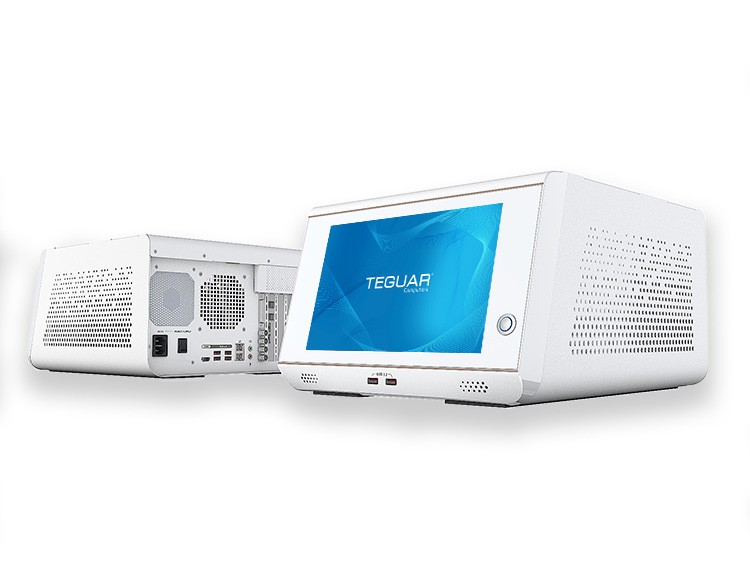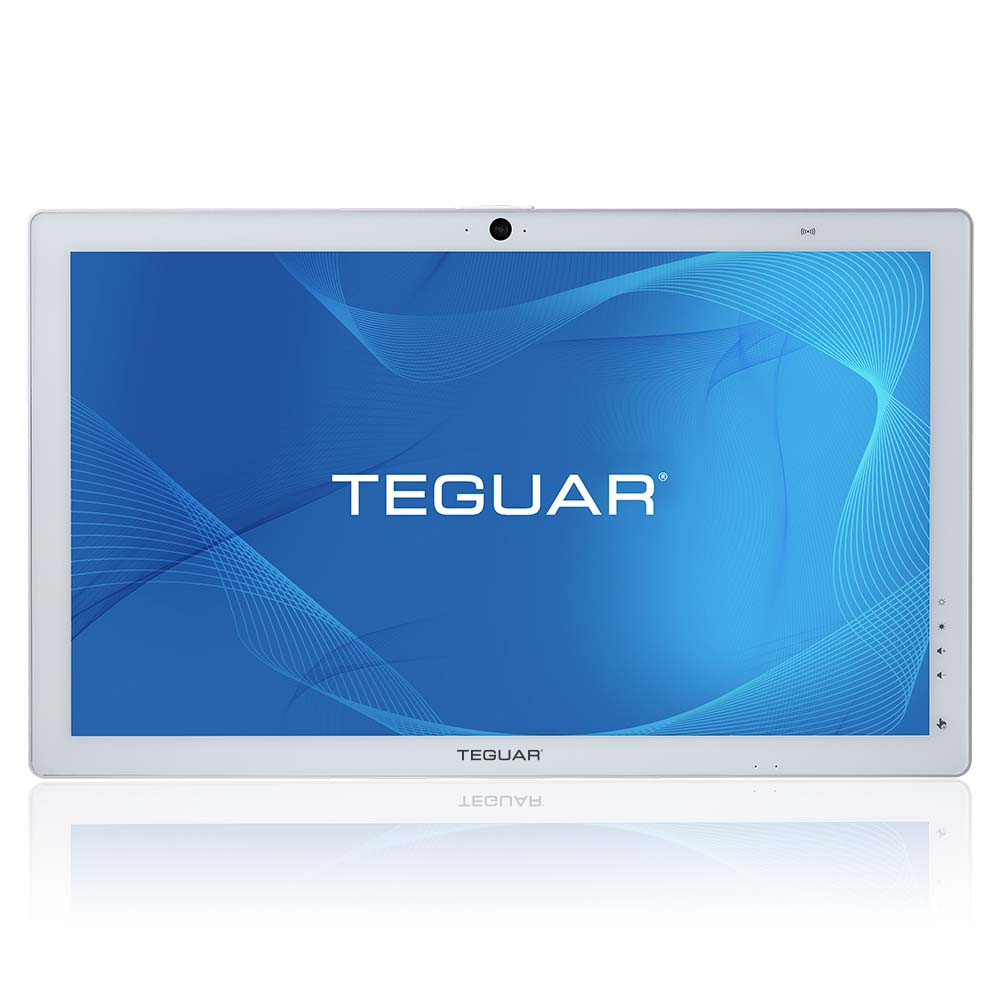Unraveling Cooling Methods for Rugged Mobile Devices: Beyond the Basics
When it comes to rugged mobile tablets, the need for reliable performance is paramount. These devices must withstand various environmental conditions including heat, dust, and even potentially explosive gases. At the heart of this challenge lies an effective cooling system that ensures stability and performance. Here, we’ll explore both active and passive cooling methods, unraveling their pros, cons, and diving into real-world applications and future trends.
Active Cooling with a Fan: A Dynamic Approach
Design and Function
Active cooling with a fan is a common and effective method of thermal cooling. Here’s how it works:
- The fan intakes ambient temperature air, runs it over a heat exchanger, and exhausts hot air.
- Heat generated by the electronics is transferred via copper “heat pipes” from the CPU and memory elements to a finned heat exchanger that’s cooled by the fan.
- Encapsulation of the fan protects other components from exposure to dirt, dust, and particles.
Pros:
- Quick and easy heat removal.
- Attains high performance.
Cons:
- Fan exposure to contaminants can lead to overheating.
- Mechanical wear over time; requires active maintenance and replacement.
- Consumes more power and may generate noise.
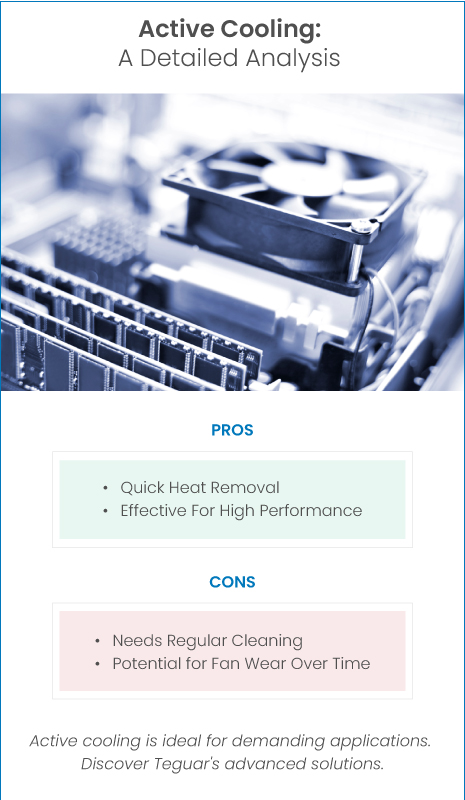
Real World Application
For industries requiring high performance, this method offers an efficient solution. For instance, in mining operations where devices must endure extreme temperatures, active cooling can be a lifesaver.
Teguar’s Products
Teguar’s range of rugged systems with active cooling offers a versatile solution for industries requiring robust performance and durability.
Passive Heat Dissipation: Silent Efficiency
Design and Function
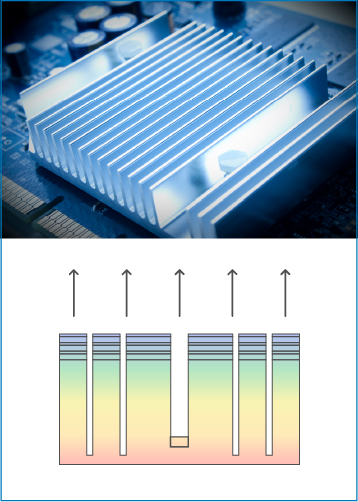
In passive cooling, the process is simplified:
- Heat is distributed to the chassis to be released into the surrounding air.
- Fanless systems contain no mechanical parts and are often sealed, offering increased reliability.
- Heat spreads evenly throughout the system chassis, with a special design to isolate the battery compartment for maximum protection
Pros:
- Increased reliability and extended product lifecycle.
- Lower maintenance costs.
- Quiet operation suitable for environments where silence is critical.
Cons:
- May feel warm to the touch, though should comply with safety standards such as IEC62368-1.
Real-World Application
Passive cooling is commonly utilized in environments like oil refineries, gas plants, mills, mines, and even military applications where silence and reliability are key.
Teguar’s Products
Teguar offers a series of fanless rugged devices that are perfect for applications requiring noiseless operation and minimal maintenance.
Comparison with Standard Devices
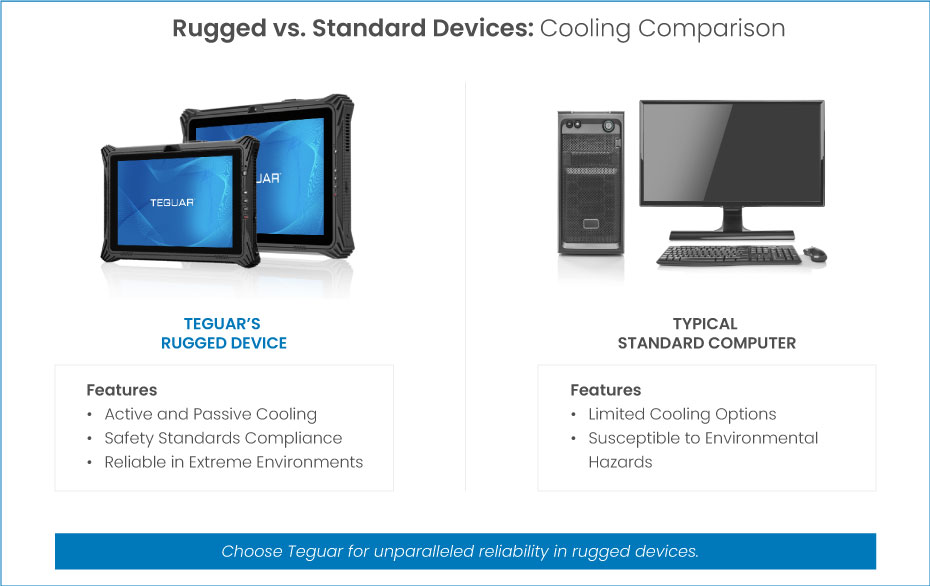
Rugged devices offer unique cooling advantages over standard computers, particularly in their ability to withstand extreme environments. Understanding these differences can guide users to choose the right device:
- Standard Devices: Typically rely on fans; more susceptible to environmental hazards.
- Rugged Devices: Utilize both active and passive cooling; designed for challenging conditions.
Future Trends in Cooling Technology
As technology advances, so do cooling methods. Emerging trends such as liquid cooling or advanced thermal materials may pave the way for more efficient rugged devices in the future.
Making an Educated Decision
Choosing the right cooling method for rugged mobile laptops and tablets depends on various factors such as the environment, levels of reliability, and durability required by the customer. With both active and passive cooling methods offering unique benefits, it’s about finding the perfect fit for the application.
FAQ Section
Q: What safety standards are followed in cooling methods?
A: Standards such as IEC62368-1 are commonly followed in cooling methods to ensure safe human operation.
Q: What maintenance is required for active cooling systems?
A: Regular cleaning of the fan and filters is necessary to prevent overheating and disruptions.
Q: What are the unique features of Teguar’s rugged devices?
A: Teguar’s rugged devices offer a range of cooling options suited to various industrial needs, with reliability, durability, and innovative designs.
Q: How do I choose between active and passive cooling?
A: Consider factors like the work environment, performance requirements, noise levels, and total cost of ownership.
Previous Article
Faster Diagnoses, Smarter Decisions: Edge Computing's Influence on Healthcare Analytics

